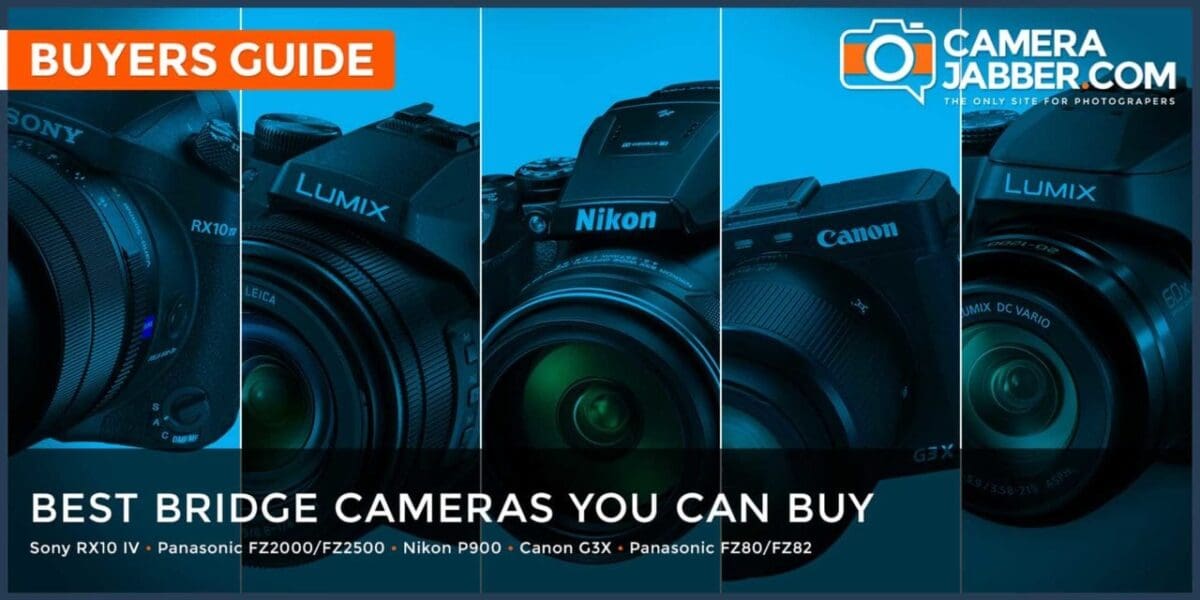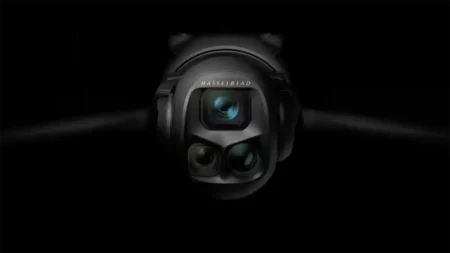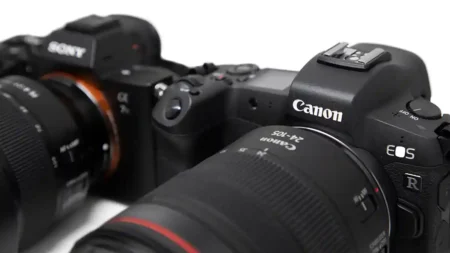Bridge cameras are so-called because they “bridge” the gap between compact cameras (or mobile phones) and more advanced compact system cameras or DSLRs. In this buyer’s guide we’ll help you find the best bridge camera for all-round shooting.
Most bridge cameras are shaped like DSLRs, but feature a fixed lens, and usually a small sensor which is similar to those found in compact cameras. In recent years, many bridge cameras have featured larger one-inch sensors, similar to those that you’ll find in some premium compact cameras.
Although the lens is fixed, most bridge cameras utilise a large zoom to give you maximum flexibility. The longest zoom on our list is an astonishing 83x – so long you can quite literally shoot the moon.
Bridge cameras are usually equipped with a full complement of manual and semi-automatic modes, so they’re a great idea for enthusiast photographers looking for back-up camera when travelling.
They’re also great cameras for beginners who want to learn more about different settings and modes, without the faff and expense of an interchangeable lens system.
In this list, we’ve chosen those that offer the best combination of high image quality, a rich feature list and usability. Here’s the best of what’s currently available on the market.
Why Buy a Bridge Camera?
Lots of people like compact cameras because they have a fixed lens. However, their small size can make them fiddly to operate. A bridge camera combines comfortable handling with the convenience of a fixed lens. And most bridge cameras have a wide-ranging zoom lens, which means you have a versatile optic without the need to swap between lenses.
Dust and dirt have a habit of getting on to the sensor of cameras with interchangeable lenses. That can mean your images suffer from spots and marks. Having a fixed lens reduces the chance of dirt getting on to your camera’s sensor.
Bridge cameras are also a great introduction to more creative photography than is possible with a smartphone. They allow you control over key features such as shutter speed, aperture and white balance, yet they usually also have automatic and semi-automatic shooting modes that let you focus on composition and capturing the moment rather than worrying about the exposure.
As they have a DSLR-like design, bridge cameras allow you to become familiar with the controls and layout of an advanced camera without having to worry about buying lenses.
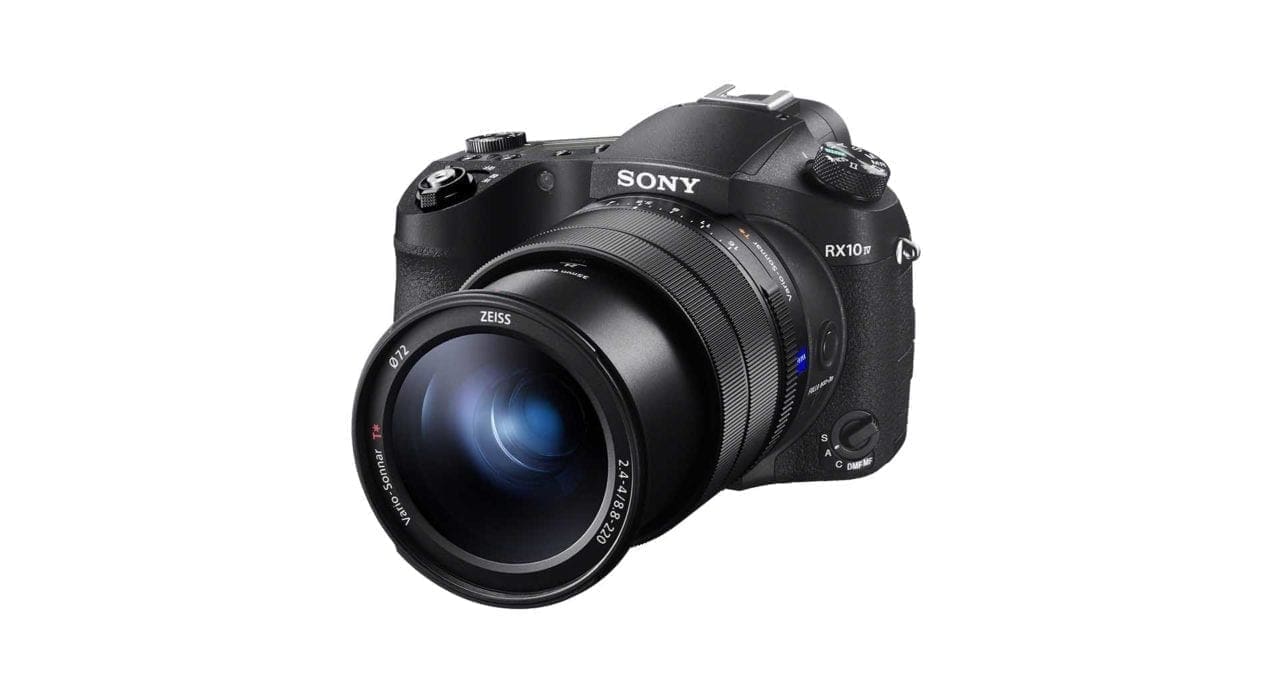
Sony RX10 IV
- Quite possibly the best all rounder currently on the market
Sensor: One-inch Exmor RS CMOS Megapixels: 20.1 Lens: Zeiss Vario-Sonnar T* 24-600mm (equivalent) f/2.4-4 AF System: 315-point focal-plane phase-detection autofocus Viewfinder: 0.39-inch electronic viewfinder, 2,359,296-dots Screen: 3-inch, tilting, touch-sensitive, 1,440,000-dot Max video resolution: 4K Max frame rate: 24fps
Pros: Super-fast AF, 4K
Cons: Very high price, Bulky
The newest camera on this list, the fourth generation of its high-performing RX10 series features a raft of very exciting specifications. The 25x optical zoom gives you great flexibility to shoot a variety of different subjects, while the wide aperture of f/2.8-4 is great for both blurring the background and shooting in low light.
Sony is finally embracing the touch-screen, and as such, the RX10 IV features one – it also tilts for handy composing from awkward positions. There’s a very useable viewfinder, too, for those that prefer those.
The stand-out feature, especially for this segment, is the super-fast 315-point focal plane phase detection autofocus system which can cope with fast moving subjects. You can also shoot at up to 24fps, while focus can be acquired in just 0.03 seconds.
Of course, there has to be a downside to all of this – and in this case it’s the price. At £1800, the Sony RX10 IV is a very expensive proposition, but if you want to argue that you don’t need to invest in lenses then it’s perhaps better value for money. Those keen to save a few pennies could plump for the older Sony RX10 III camera.
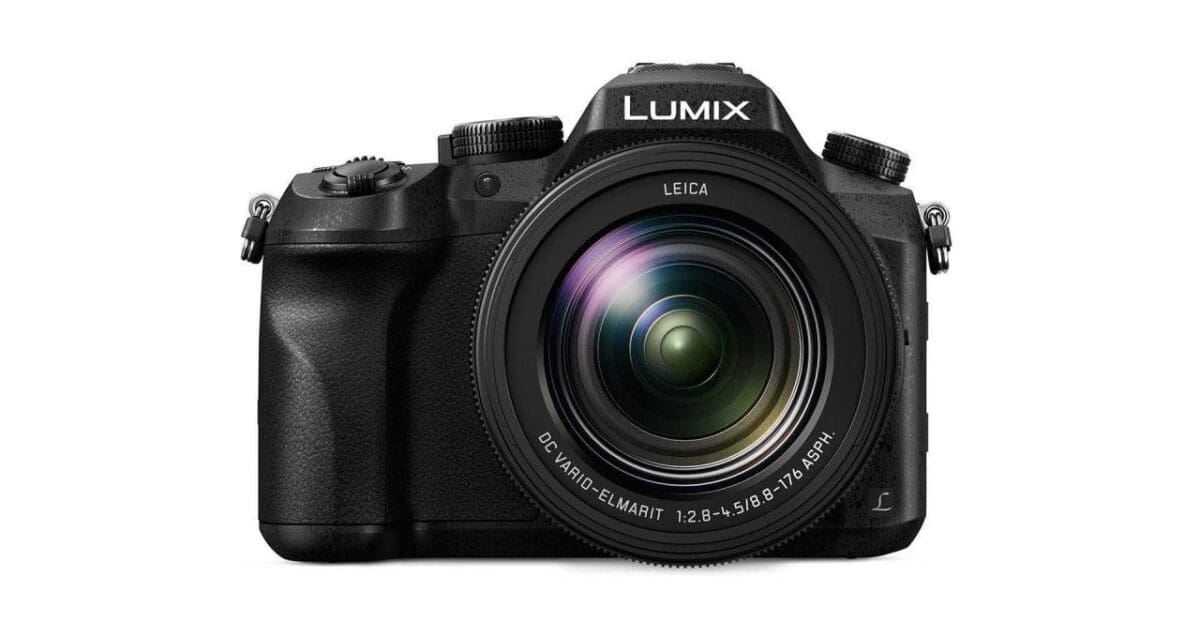
Panasonic FZ2000 / FZ2500
- An excellent and versatile choice, ideal for travelling
Sensor: One-inch MOS Sensor Megapixels: 20.1 Lens: Leica DC Vario-Elmarit 24-480mm (equivalent) f/2.8-4.5 AF System: 49-area contrast detect AF Viewfinder: OLED Live View Finder, 2,360k-dots Screen: 3-inch Vari-angle TFT LCD touch-sensitive monitor, 1040k-dots Max video resolution: 4K Max frame rate: 30fps (using 4K Photo)
Pros: 4K video/photo, great viewfinder
Cons: (Relatively) limited focal length, large size
Panasonic’s FZ2000 is another fantastic all-round performer, with its well-performing one-inch sensor and variety of appealing features. Compared to the other models in this group, the focal length range is a little more limited, but with a maximum reach of 480mm, it should still suit pretty much any occasion.
The articulating touch-screen is great to use, as is the large viewfinder – the body of the FZ2000 is quite large to accommodate these features, which will be good news for some, and bad news for others.
Like all other current Panasonic models, it features 4K Photo – this allows you to extract 8MP stills in-camera from 4K video, in essence meaning you can shoot at 30fps. A good back-up or travel camera, the FZ2000 is also available for a much cheaper price than the Sony RX10 IV.
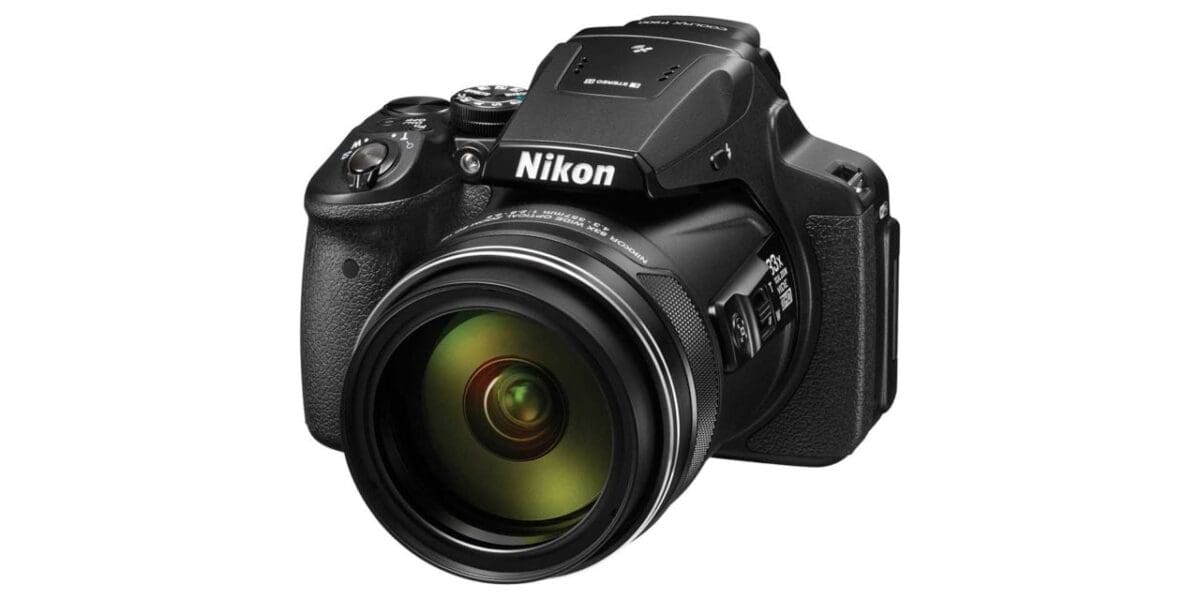
Nikon Coolpix P900
- Shoot the moon with the enormous zoom lens of the Nikon P900
Sensor: 1/2.3-inch CMOS Megapixels: 16 Lens: NIKKOR 83x zoom lens (24-2000mm equivalent) f/2.8-6.5 AF System: Contrast-detect Viewfinder: 0.2-inch electronic 921k-dot LCD Screen: 3-inch 921k-dot vari-angle screen Max video resolution: 1080p Max frame rate: 7fps
Pros: huge zoom, full manual control
Cons: small sensor, small viewfinder
The Nikon P900 is a couple of years old now, but it remains the bridge camera with the longest focal length available on the market. With an incredible 83x range to choose from, you can shoot at 1200mm if you so desire – that’s enough to photograph the surface of the moon.
The ultimate in flexible focal lengths has to have a trade off – in this case, it’s the size of the sensor, which at 1/2.3-inch is smaller than most of the other bridge cameras in this list.
Ultimately, that means that image quality in low-light is a little lacking, so it’s best if you’re planning to use this camera for holidays and the like. Still, you get full manual shooting plus raw format, which is great news for enthusiasts.
If you fancy something with an even longer focal length, take a look at the Nikon P1000. It has an enormous 125x optical zoom lens. That gives you an equivalent reach of 3000mm at the telephoto end. That’s paired with a 1/2.3-inch sensor.
It’s aimed at advanced enthusiast photographers and features manual controls and raw format shooting. Other interesting specs include 4K video recording, an electronic viewfinder and a fully-articulating screen.
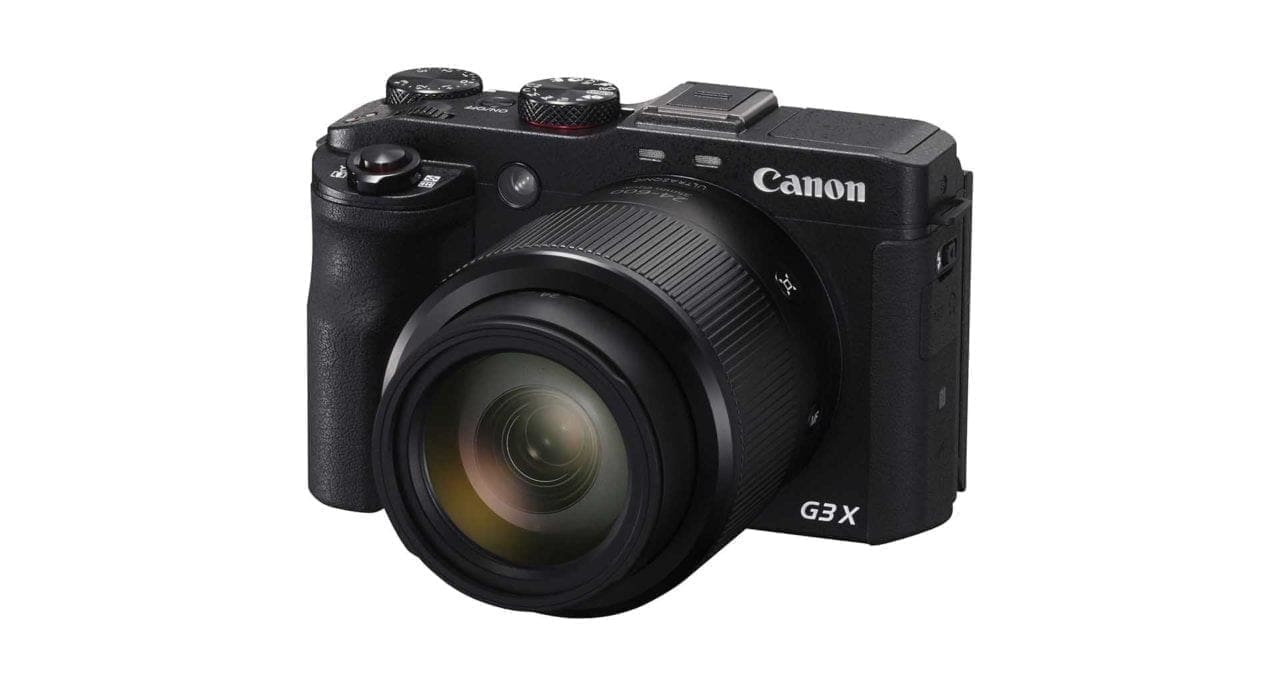
Canon G3X
- Canon’s famed G series comes to the bridge camera sector
Sensor: 1.0-inch CMOS Megapixels: 20.2 Lens: 25x (24-600mm equivalent) f/2.8-5.6 AF System: 31-point contrast-detect Viewfinder: N/A Screen: 3.2-inch tilting touchscreen 1,620,000-dot Max video resolution: 1080p Max frame rate: 5.9fps
Pros: Tilting touch-sensitive screen, dustproof and splash proof
Cons: No viewfinder, Full HD only
Canon’s G3X is another camera which is a little older, but it’s still yet to be replaced. Canon’s G series cameras all feature one-inch sensors, and the G3X is no different. It produces excellent images, with the same amount of vibrancy and warmth which we usually associate with Canon cameras.
With its long focal length lens, you get plenty of flexibility, but while it has a very useful tilting touchscreen, there’s no viewfinder – something which is likely to be a big disappointment to many enthusiasts.
It’s also arguably a little awkward in use, having a small body thrown off body by the large lens. If you’re a Canon DSLR (or CSC) user, you’ll be at home with the menu systems, and many of the buttons, so it could be a good choice as a backup camera for travelling if you can get over using the screen to compose.
Of the one-inch sensor bridge cameras in our list, it’s currently the cheapest proposition too.
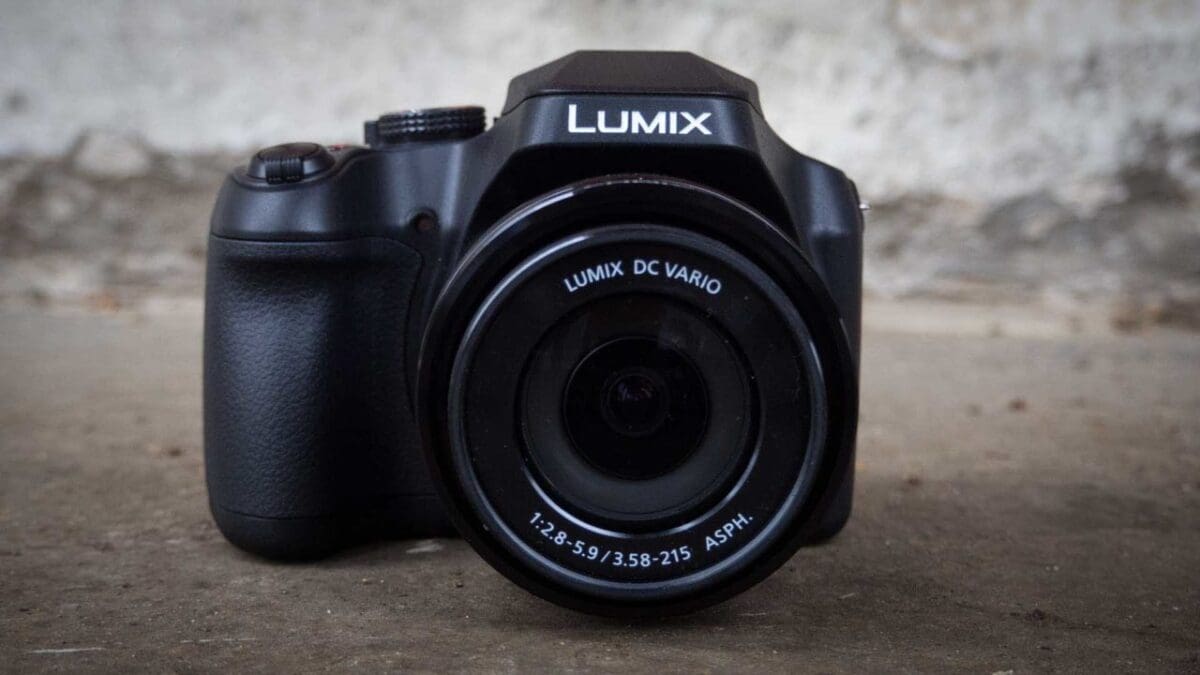
Panasonic FZ80 / FZ82
- A simple bridge camera to suit beginners and those looking for a budget back-up
Sensor: 1/2.3-inch High Sensitivity MOS Megapixels: 18.1 Lens: 60x (20-1200mm equivalent) f/2.8-5.9 AF System: 49-area contrast detection Viewfinder: 0.2-inch, 1,166k-dots Live Viewfinder Screen: 3-inch TFT LCD, 1040k-dots Max video resolution: 4K Max frame rate: 30fps (using 4K Photo)
Pros: huge zoom, 4K Photo, low price
Cons: Small sensor, small viewfinder
Once upon a time, it was unusual for bridge cameras to have larger sensors, now it seems it’s unusual for them to have smaller traditional compact camera sized ones.
However, if you’re looking for something which offers great value for money, as well as a range of useful features, the Panasonic FZ82 could fit that bill – even if the sensor is only 1/2.3-inch.
For under £350, you get one of the longest zooms on the market, raw format shooting, full manual control and Panasonic’s famed 4K Photo mode.
If you’re mainly looking for something to use on your holidays in bright conditions, the small sensor shouldn’t be a problem. The FZ82 handles well, but the viewfinder is probably best reserved for when bright sunshine prevents you from using the screen.
